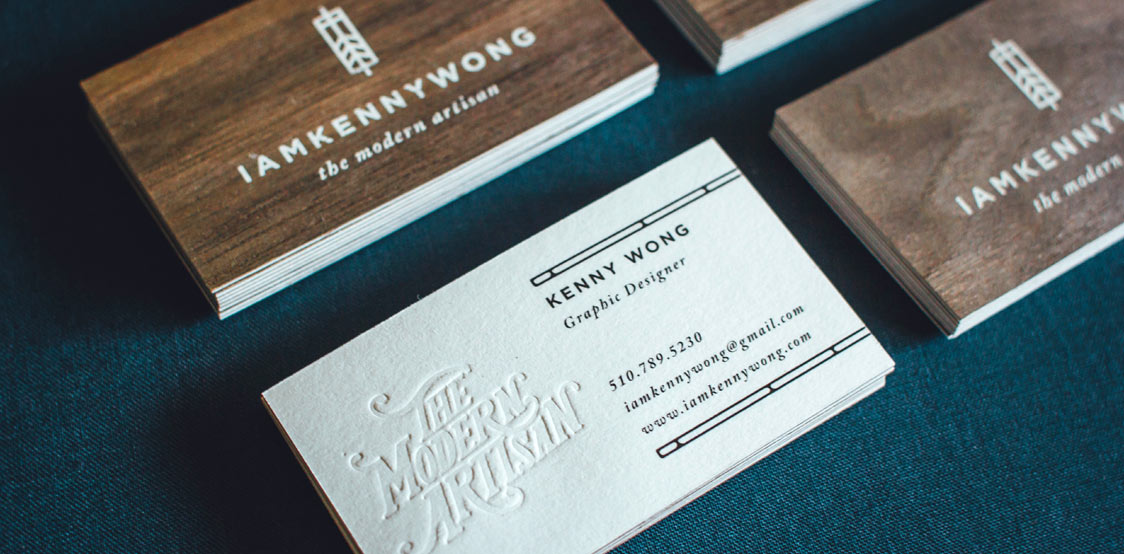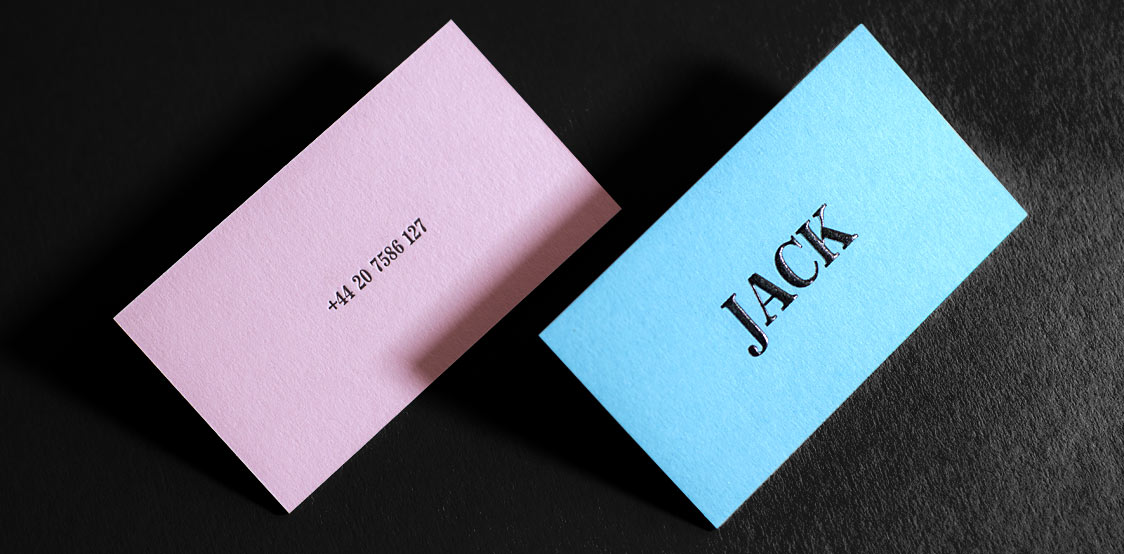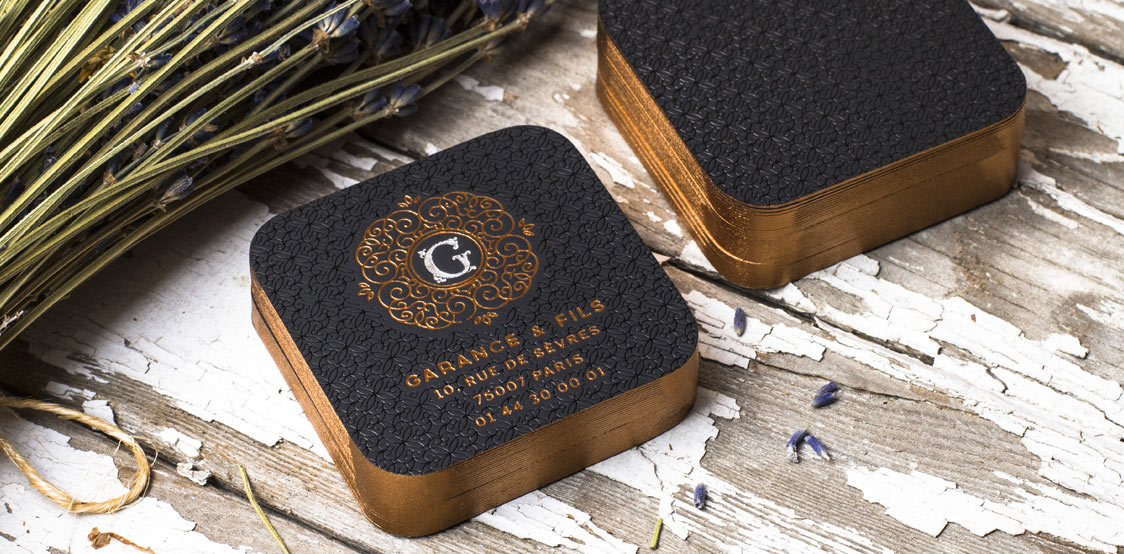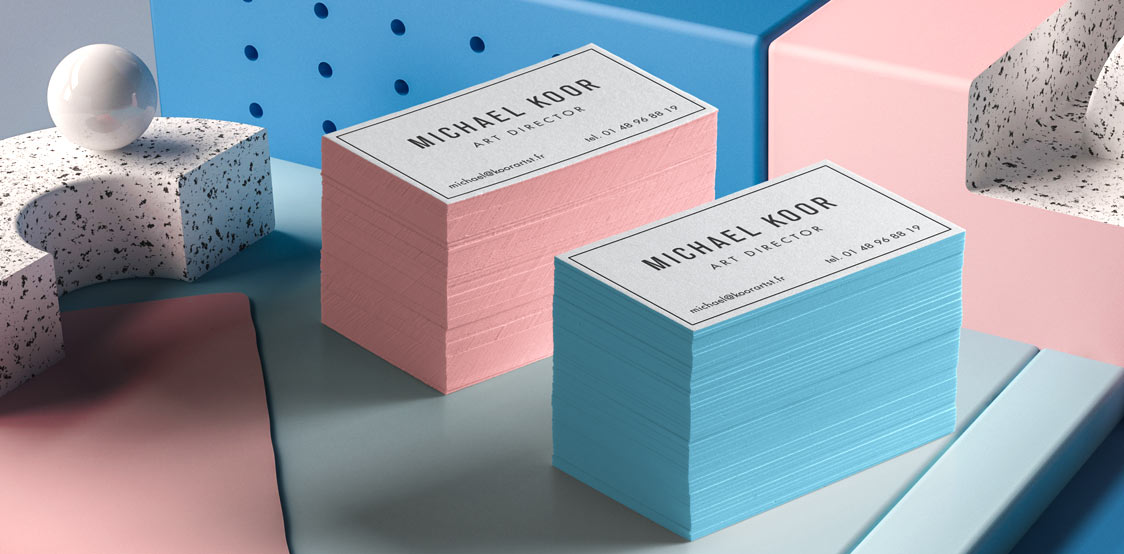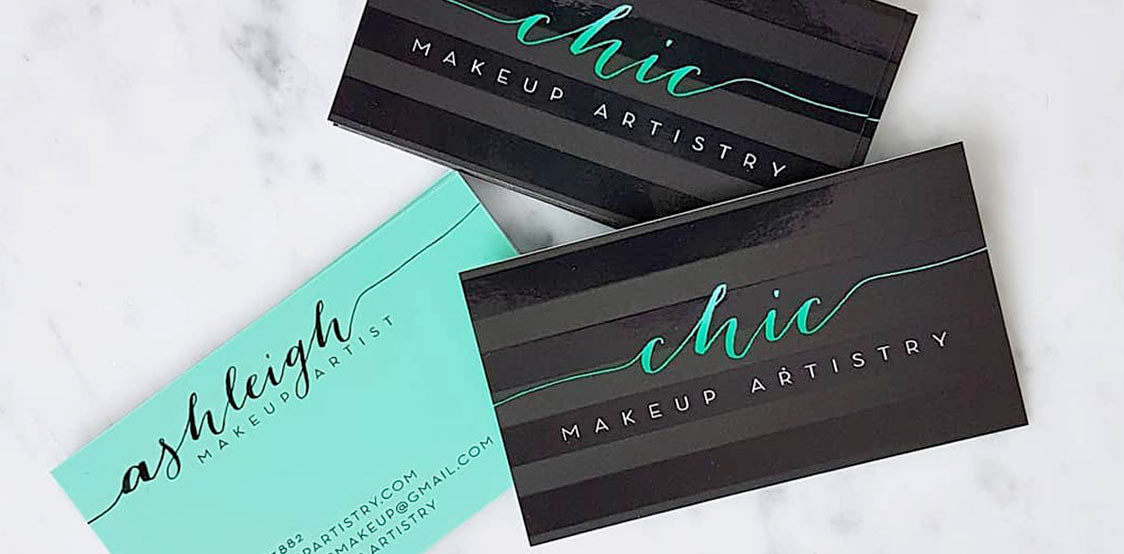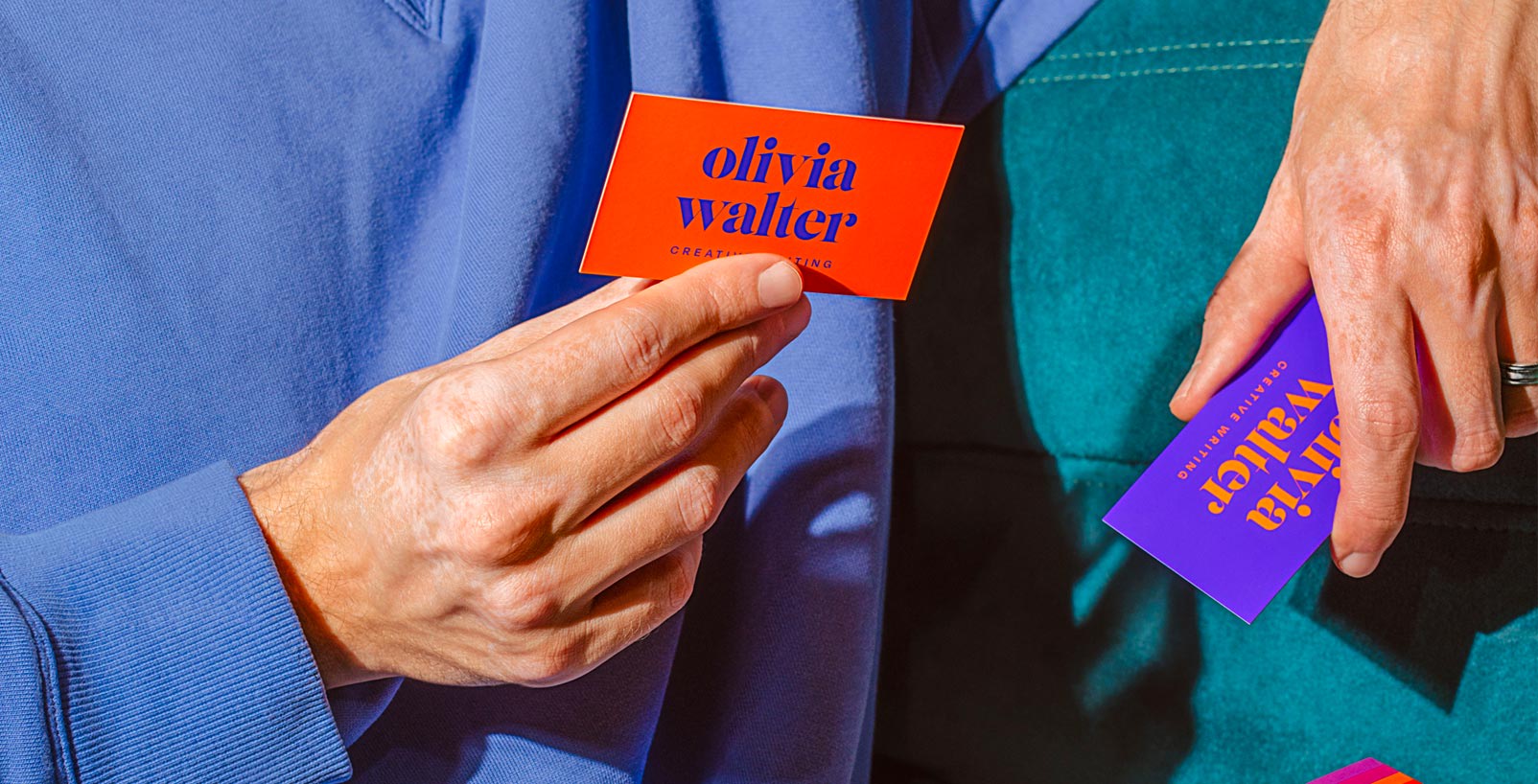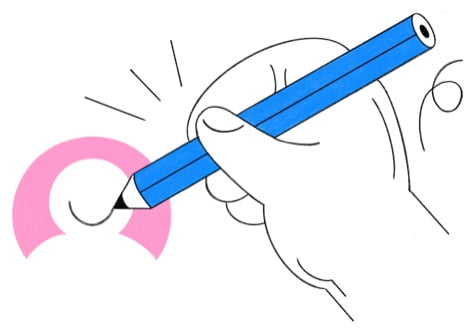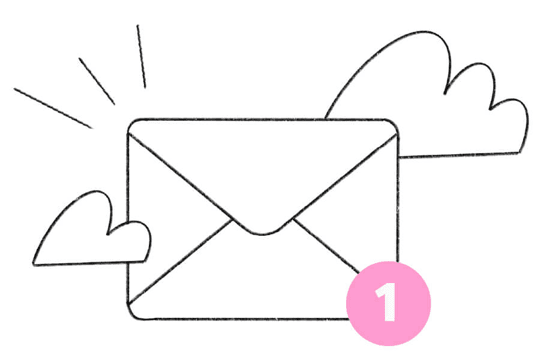When it comes to compact, cost-effective marketing tools, the business card still tops the must-have list with established and emerging brands. The best way for a new company to attract attention from prospective clients and customers is to create an attractive business card. Many business card designs tend towards garish color combinations and images that are meant to be attention-grabbing but can be overwhelming. To genuinely engage your audience, the key to effective marketing is simplicity. In business card design, less is definitely more.
Creating a simple business card design doesn't mean playing it safe or sacrificing your brand identity. A minimalist design, done well, can be elegant and professional while enhancing your brand. Before you get started, consider the benefits of a simple, minimalist design.
Stick to the Essentials
When a potential client or customer takes your card, they should be able to easily identify who you are and what you're selling. While any information about your company and product or service is relevant, a business card is too small to print the contents of your company's website. Limit your business card to the essentials -- company logo, business name and two lines of contact information, including the official company website or social media handle.
Increase Visibility
If you want to rise above your competition, a minimalist design with ample white space can draw the eye in better than any bold color or edgy design. Skip the full-color printing and choose a specialty print element to add visual interest to your card. A subtle stripe or pattern in a Spot Gloss coating on a matte card is eye-catching without interfering with the legibility or readability of your card. If a white card feels too stark, have your minimalist design printed on Coloplan paper that complements your brand.
Boost Confidence
Business cards that are dense with text and images can seem desperate and unprofessional. A minimalist approach to design exudes confidence in your own brand and demonstrates trust that your audience will be interested enough to follow up with your company. Simple designs look more refined on high-quality cardstock. Forego the flimsy inkjet cards and splurge for a thicker card. If it suits your brand, opt for sophisticated color palettes like black and gold or choose a black cardstock and enhance with premium accents such as foil printing or embossing.
Create Intrigue
Great design will arouse your audience's curiosity and encourage them to engage with your brand. Skip the basic business card template and opt for a dynamic design that uses the 3.5" x 2" canvas in a fresh, inventive way. Consider printing your design vertically or embossing your logo onto the card. Give an otherwise plain white business card a chic pop of color by having the edges painted with metallic or your custom brand colors.
Improve Readability
Without excessive information and busy images, your design should be easier to read. Don't be afraid to bump up the font point size for greater readability, as long as you maintain a visual hierarchy -- making sure your company name is bigger than your address and phone number, for example. Your logo or company name may be set in a decorative or ornate script font, but avoid using them for contact information. For important text set in smaller sizes, choose a modern sans serif font. If your design uses a delicate typeface, opt for a cardstock with a smooth finish as opposed to a heavily textured finish, which can interfere with legibility.
The business card is a chance for small businesses to make a good first impression. With a simplified design, judicious use of color and specialty elements, and a high-quality cardstock, you're sure to stand out from crowd and be the talk of your next business convention.



